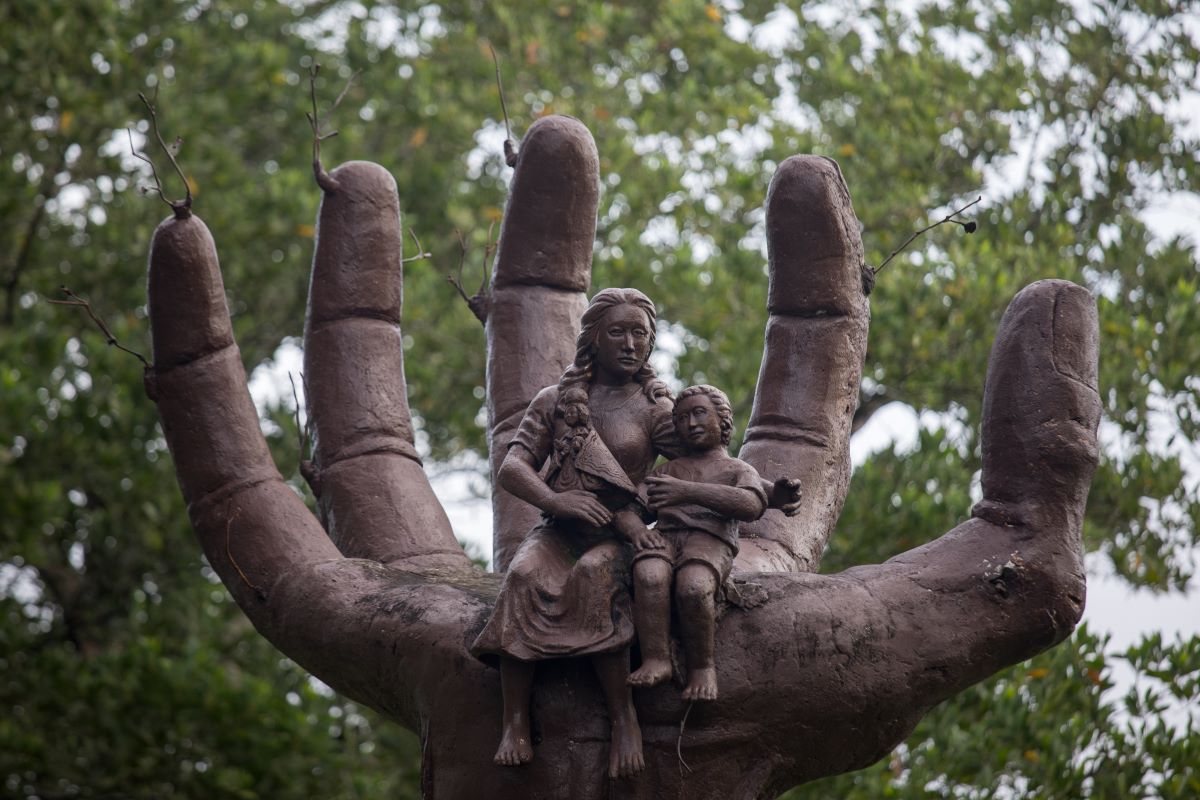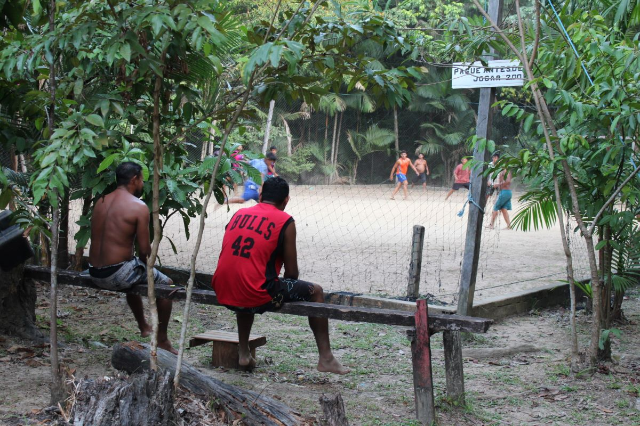|  | Know better. Do better. |  | Climate.
Change.News from the ground, in a warming world |
|
| | Haiyan 10 years onIt seems fitting that a plan for the new U.N. climate loss and damage fund due to be launched at COP28 has finally been put forward 10 years after Typhoon Haiyan battered the Philippines in 2013, forcing growing losses and damage from climate impacts onto the diplomatic radar.
Under a compromise following months of tense talks, the fund would be hosted by the World Bank for an initial four years and run by an independent board. Landing the proposal was seen as a litmus test for the spirit of cooperation desperately needed to make COP28 a success. But it still has to be approved by governments next month in Dubai before the fund can be launched - and rich nations are unlikely to be champing at the bit to fill it.
Work on loss and damage officially began at U.N. climate talks a decade ago with a body set up in Warsaw, after a tearful plea from the Philippines’ chief negotiator Yeb Sano, whose country had been devastated by Typhoon Haiyan, known locally as Yolanda.
This week, Mariejo Ramos reports for Context from Tacloban, one of the cities worst-hit by the super storm, on how it triggered a humanitarian crisis that provided fertile ground for sex traffickers in the hard-hit Eastern Visayas region while also wreaking havoc on law enforcement efforts against the perpetrators.
Climate justice campaigners are now calling for Congress in the Philippines to approve new legislation called the Climate Accountability Bill, which would impose fines on big emitters of planet-heating carbon, including fossil fuel firms, and use the proceeds to pay climate-linked damage claims stemming from disasters like Haiyan.
"Adaptation is no longer possible for some communities and countries," said Sano - who now leads Greenpeace Southeast Asia - arguing the case for compensation by those responsible for causing climate change, whether that is oil and gas firms or rich industrialised nations. .jpg/640w) Monuments were established to commemorate the lives that were lost due to Super Typhoon Haiyan after it made land fall and ravaged
Leyte and Samar provinces. October 11, 2023. Thomson Reuters Foundation/Kathleen Lei Limayo |
Costly climate impactsBesides the still-rising level of greenhouse gas emissions heating up the Earth's climate, one key reason the new loss and damage fund has become a strong symbol of climate justice is the dearth of funding to help people adapt to more extreme weather and rising seas.
This year's Adaptation Gap report from the U.N. Environment Programme (UNEP) warns that the gap between frontline needs and funding to meet them is getting worryingly wider - 50% bigger than a year ago – even though the economics of investing in adaptation make increasing sense.
"We're suffering impacts and it's costing us a bomb," Andrea Hinwood, UNEP’s chief scientist, told our correspondent Alister Doyle, adding that raising finance for adaptation is "a no-brainer".
And if donors do fulfill a promise to double adaptation finance to $40 billion a year by 2025, what kind of work could the money support?
Our reporter Anastasia Moloney talked to women farmers in rural Guatemala, where solutions to tackle the impact of erratic weather on beans, their staple food crop, range from a drought-resilient biofortified variety to supplying local schools, and diversifying into herbs and vegetables.  Young men watch boys play soccer in the Amazon ‘agro-extractivist’ settlement project (PAE) Nossa Senhora de Nazaré, in the in the Caripetuba Island, one of the potentially affected by a port project from American grain trader Cargill, in Abaetetuba, Brazil, August 10, 2023.THOMSON REUTERS FOUNDATION/André Cabette Fábio |
Brazil port battle
Food systems and how we adapt them to produce more without gobbling up scarce land and damaging ecosystems will also be on the agenda at COP28. In many places, export-oriented supply chains are sparking friction over access to natural resources.
Brazil's Amazon is a prime example, as agribusiness firms such as U.S. grains trader Cargill seek quicker and more convenient ways to transport soy and other commodities overseas by building new transport infrastructure like ports and railways in the region.
This is leading to local resistance - and court cases - as communities assert their rights to the forest land that has sustained them for centuries. Read Andre Cabette Fabio’s story from Xingu Island in Para State, where Cargill's plan for a new port has run aground.
See you next week,
Megan |
|
| | Community approach widens availability of highly efficient heating, cooling beyond the rich, backers say | Poor countries' needs for funds to adapt to worsening climate change are 10 to 18 times greater than actual finance, UN says | At the COP28
summit next month, governments need to adopt rules for the new fund, which is set to be hosted by the World Bank | Food reform is finally on the table for the COP28 climate summit in Dubai, but it must go hand in hand with cuts in fossil fuels | A decade on, survivors of Haiyan in the Philippines are fighting to make big polluters pay for losses caused by
climate disasters | As a land deal involving the US grains trader is investigated, forest communities say new ports threaten their rights and way of life | |
| | | | | | |
|